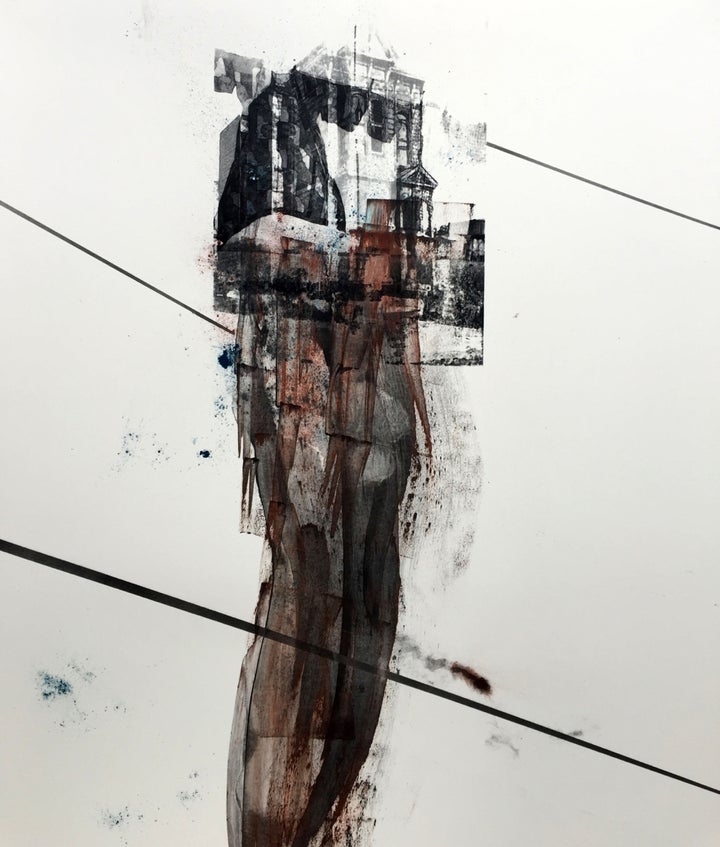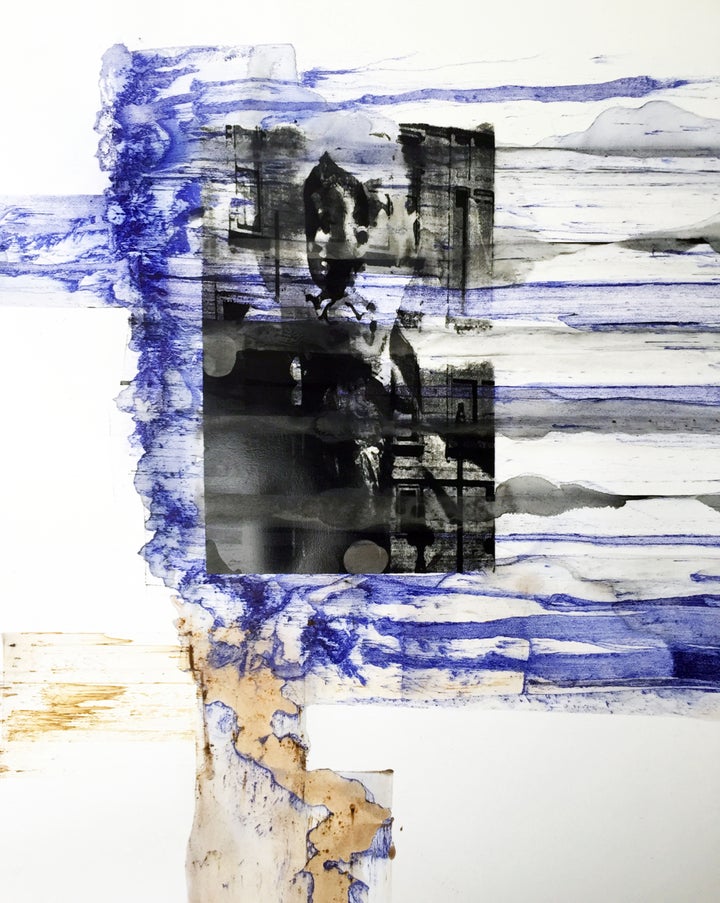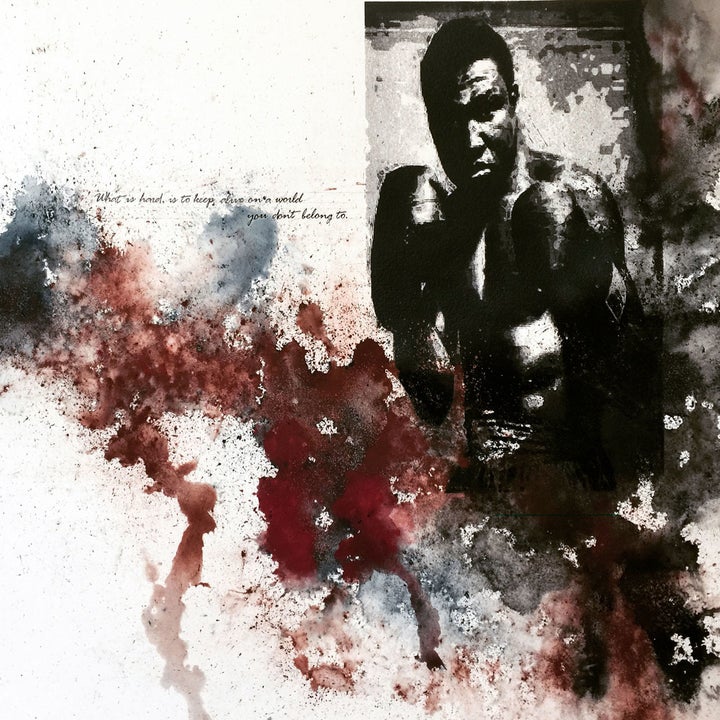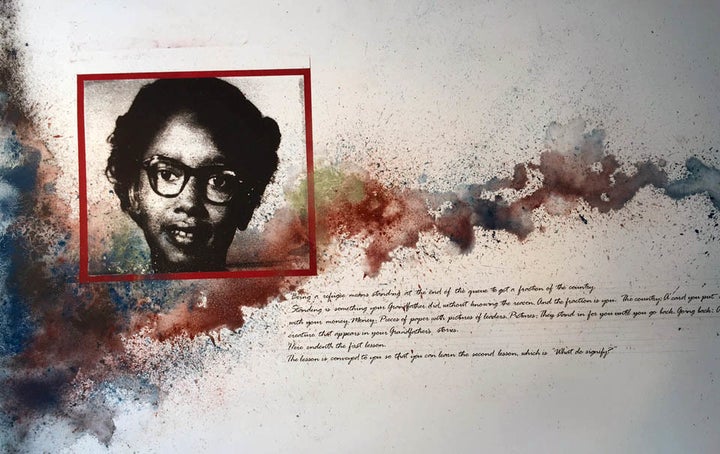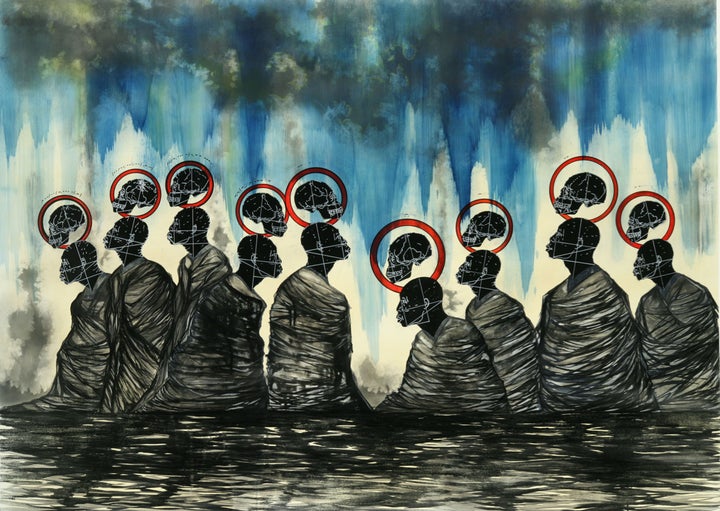
Rodney Ewing sees the injustice and divisiveness that affects his community and dares to imagine a way forward using his powerful and historically rooted artwork. His work reflects a grappling with issues that have faced the African American community; from the displacement of the Black community in San Francisco over the last couple of decades to the demonization of the black male in American society.
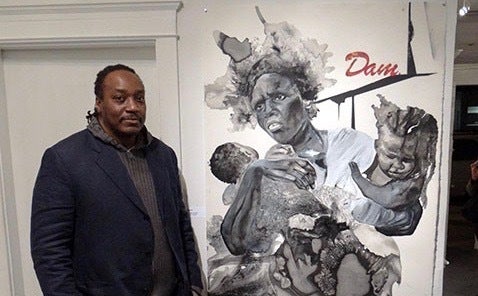
Ewing’s work speaks in the language of metaphor and storytelling. His series, Rituals of Water, was birthed as he watched the narrative of Hurricane Katrina play out on television, witnessing floating black bodies and the massive displacement of the African American community. The series developed around the significance of water in African American culture, an arc which included the transatlantic slave trade, fire hoses used during the civil rights struggle and the floodwaters of Katrina. Ewing noted that the Flint water crisis could be added to that dispiriting list.
Expansion of the idea of “displacement” took a personal turn when he became a member of the Threepointnine Art Collective in San Francisco’s Fillmore District. Fillmore, once known as a thriving and vibrant center of San Francisco’s African American community, is at risk. In the collective’s words, “Black” has become synonymous with “vanishing” According to the 2010 census, the African American population has been reduced to 3.9%. The collective stands as a witness and a resistance to the dramatic dislocation of this community. His work, Portals, a literal revolving door, serves as a powerful metaphor for the communal Black experience of displacement throughout American history.
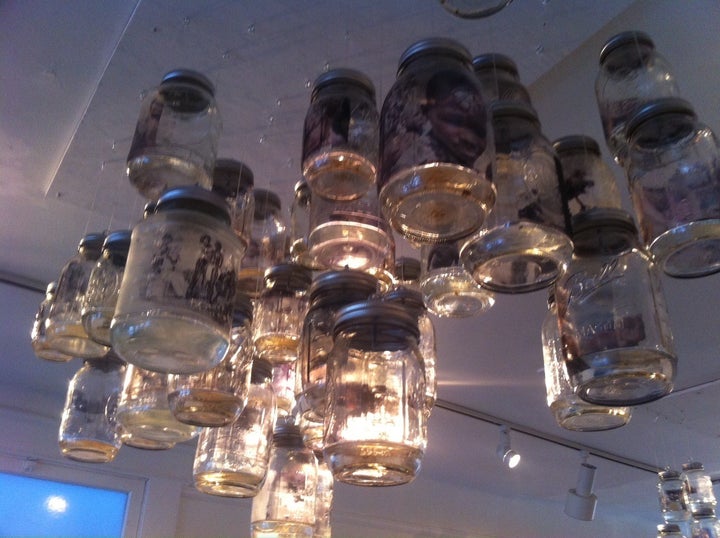
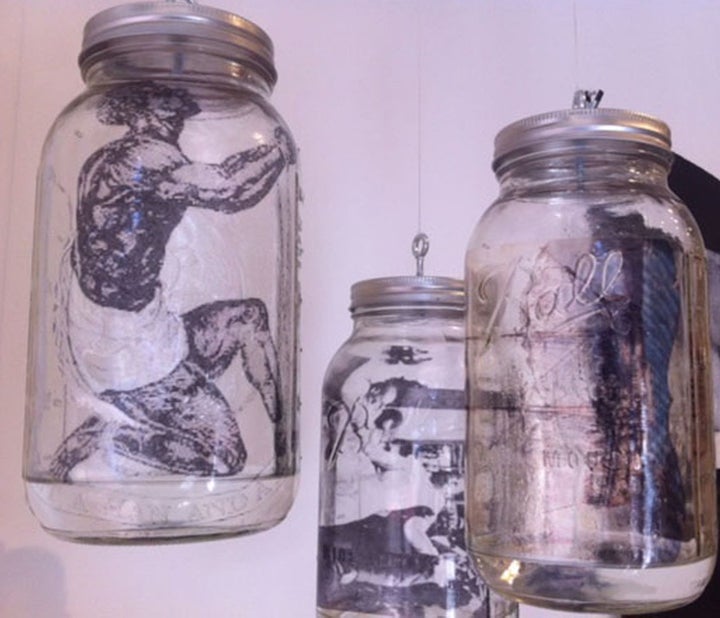
Witnessing the wave of violence against the African American community prompted his thinking on how art can speak to something so devastating to families and community alike. Ewing is returning to an idea developed after Katrina of “black bodies at risk” with attention on survival in both the literal and figurative sense. Reflecting on his own experience, developing strategies to keep himself safe if stopped by the police, thoughts now turn to how to guide the younger generation. His new work, “Child’s Play and Gambit” takes the wider view, exploring the demystification of the black body in an attempt to end the demonization of the young black male.
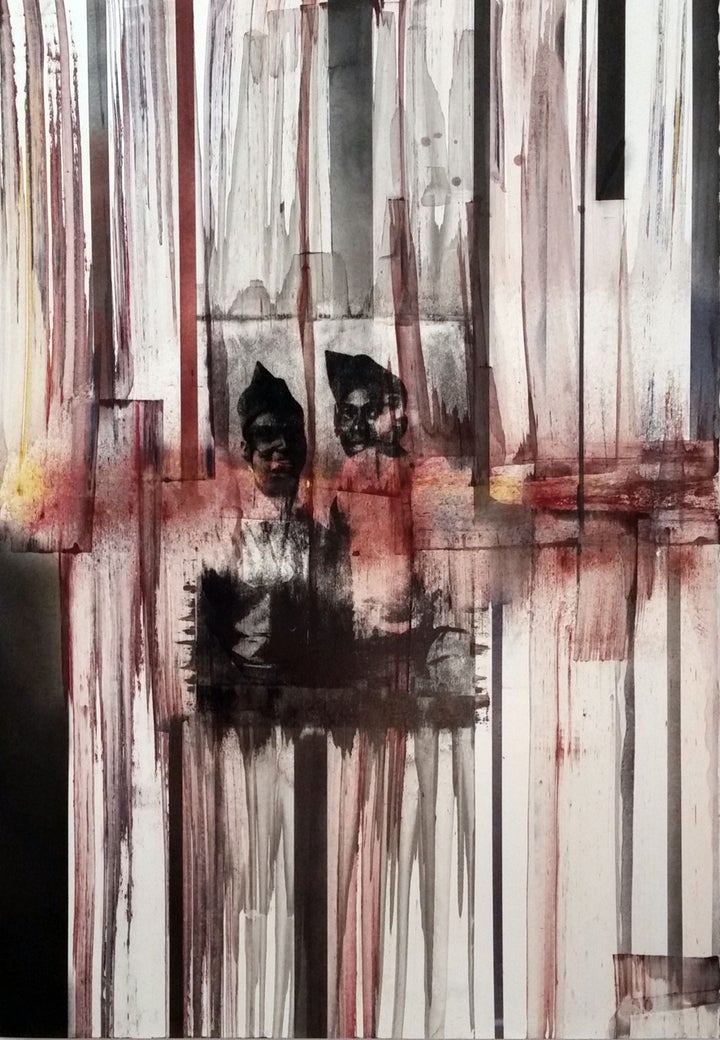
His works have proven to be a powerful vehicle for developing understanding. In his own words, he sees that he has “a different way of dealing with some difficult issues”. An integral role of his art is to provide information and education. It is his hope that reflection and introspection are the result. This summer someone approached him and commented that “You don’t use a hammer.” His response, “When I was younger I always used a hammer.” His years and experience have helped him to develop a foundation and vocabulary to create a different approach. From his statement:
“While demanding topics such as race, religion, or war, it is simple enough to become polarized, and see situations in either black or white, right or wrong. These tactics may satisfy individuals whose position depend on employing policies or implementing strategies that promote specific agendas for a specific constituency. But as an artist, it is more important to create a platform that moves us past alliances, and begins a dialogue that informs, questions, and in some cases even satires our divisive issues.”
He credits his childhood with this desire to create a place of understanding for all people. His father’s service in the Air Force required the family to move often and he experienced first-hand many parts of the world and various regions of this country. As a result, thinking about personal and cultural memory, creating narratives, filtering and, breaking things down for understanding became the driver in his work. Ewing’s work takes the viewer along, promoting meaningful dialogue which in turn promotes understanding. Throughout history, artwork has been used as a cultural agent of change. Artists like Rodney Ewing are doing their part to help American society make its way to a better day.
For more information: www.rodneyewing.com
Ewing exhibits at Jack Fischer Gallery in San Francisco. Currently, his work is on view with Monica Lundy in Untethered: Stories of Life in the Filmore District until November 19th at Nancy Toomey Fine Art in San Francisco.
